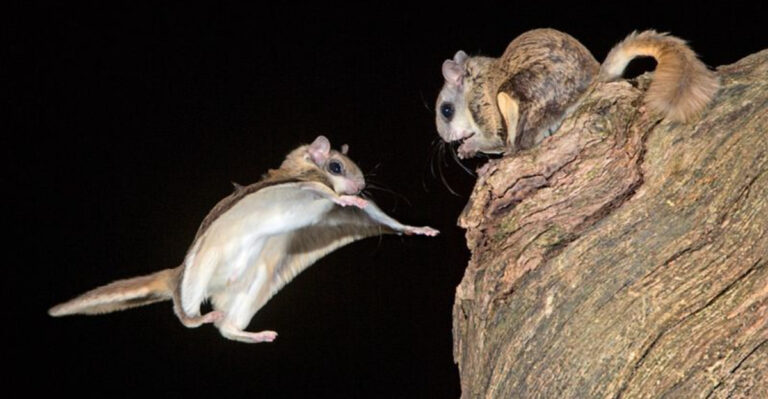14 Creatures That Can Live Without A Heart
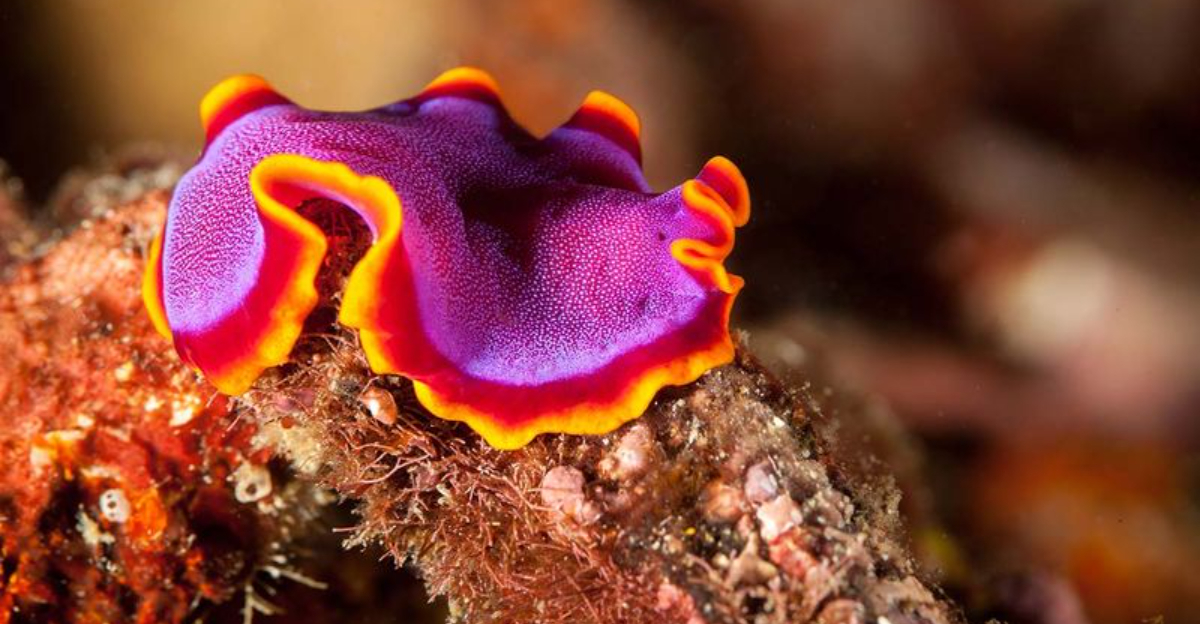
When it comes to survival, nature doesn’t always follow the rules we might expect. For some creatures, pumping blood isn’t even on the agenda.
Curious about which animals get by without a heart? Here’s an entertaining dive into the world of heartless critters, each with its own quirky adaptation that makes it thrive.
1. Jellyfish
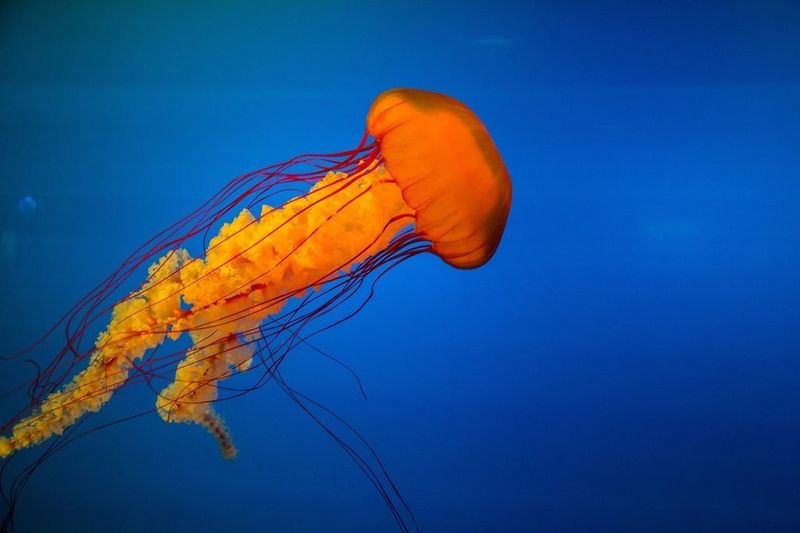
Imagine an umbrella gracefully floating in the ocean—without a care in the world or a heart in its body. Jellyfish, those mesmerizing ocean drifters, rely on diffusion to transport oxygen and nutrients.
It’s like a slow dance with the ocean currents, and they’ve been doing it for millions of years, long before hearts were trendy.
2. Sea Sponges
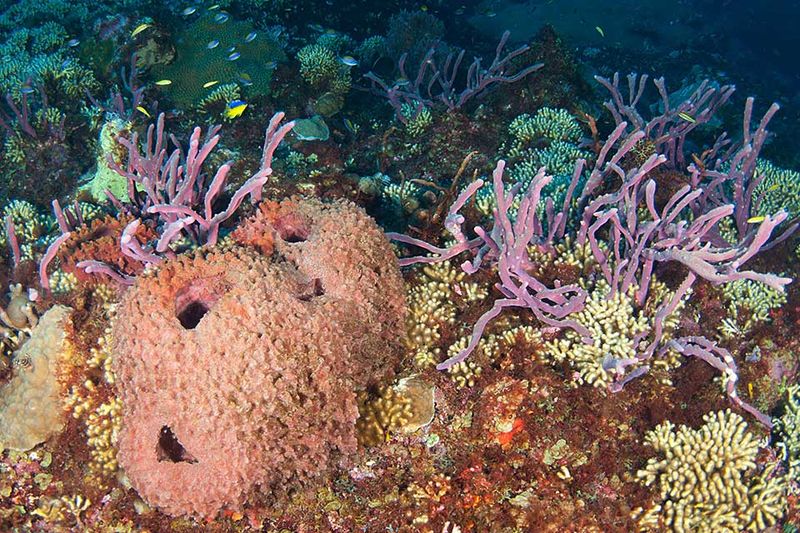
Sea sponges are the original couch potatoes of the ocean world. They just sit there, filtering water through their porous bodies to capture food. It’s a laid-back lifestyle that doesn’t require a heart, making them the zen masters of the sea. No hustle and bustle in these relaxing filters of the deep.
3. Flatworms

If you thought flat meant boring, think again! Flatworms glide across the ocean floor, absorbing oxygen directly through their skin.
They’re like tiny vacuum cleaners, sucking up nutrients and leaving nothing behind. Who needs a heart when you’ve got a whole-body buffet going on? It’s survival, flat-out and fabulous.
4. Sea Stars

Sea stars, or starfish, are the celestial wonders of the ocean floor. They rely on a water vascular system for circulation, elegantly waving their arms in the currents. It’s a star-studded performance with no heartstrings attached.
These creatures redefine beauty and grace in the ultimate sea ballet, all without a single heartbeat.
5. Corals

Not just rocks, corals are living creatures that form vibrant reefs. They rely on a symbiotic relationship with algae to survive, sharing nutrients without a heart in sight.
Imagine a bustling underwater city that’s alive and thriving, all built on cooperation and community spirit. That’s coral life, in all its heartless glory.
6. Brittlestars
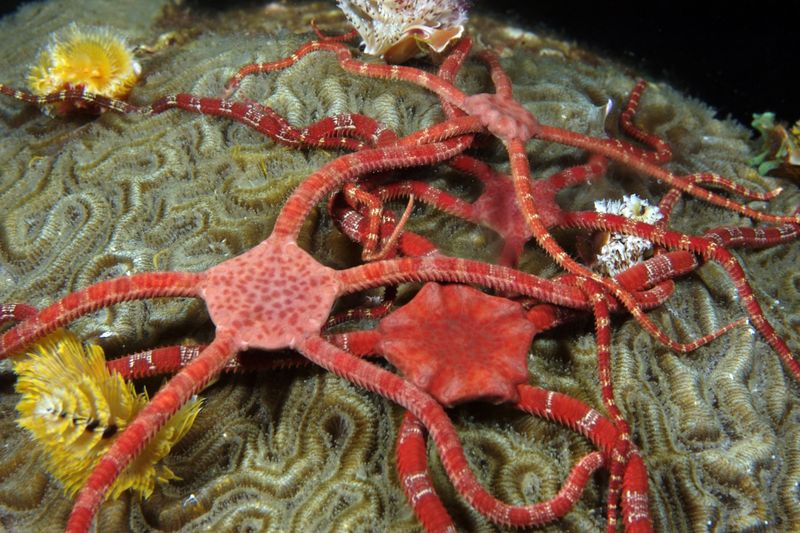
If you think you’ve got moves, wait until you meet a brittlestar. These agile echinoderms slink across the ocean floor using a water vascular system.
No heart, no problem—they dance their way through life with elegance and flair, proving that sometimes, the best rhythm doesn’t even need a beat.
7. Sea Cucumbers
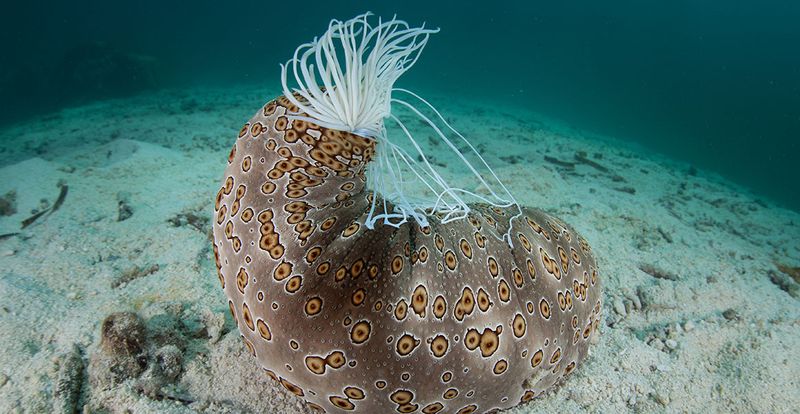
Sea cucumbers might look like sluggish ocean sausages, but they’re masters of regeneration and resilience. By filtering water through their bodies, they breathe and feed without the need for a heart. It’s like a spa day, every day, under the sea. Relaxation is key when you’re heart-free and carefree.
8. Planarians
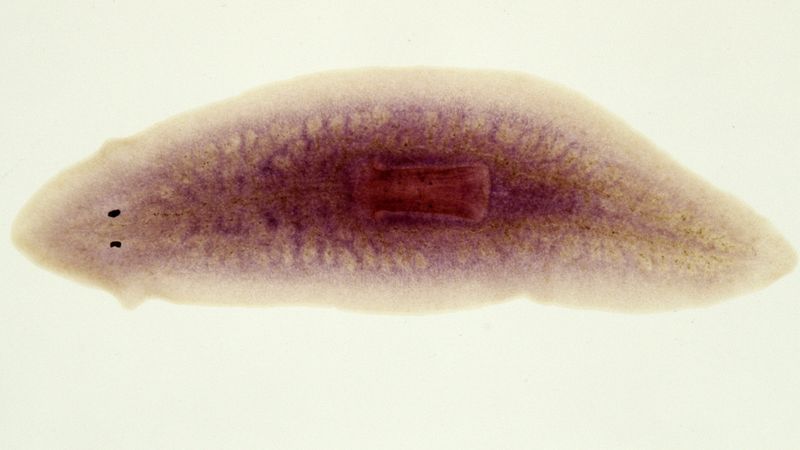
Turn on the lights, and planarians make an entrance. These flatworms have eye spots that sense light, navigating their world with simple elegance.
Absorbing oxygen through their skin, they show us that sometimes, simplicity is the ultimate sophistication. No heart needed when you’ve got an eye for survival.
9. Tapeworms
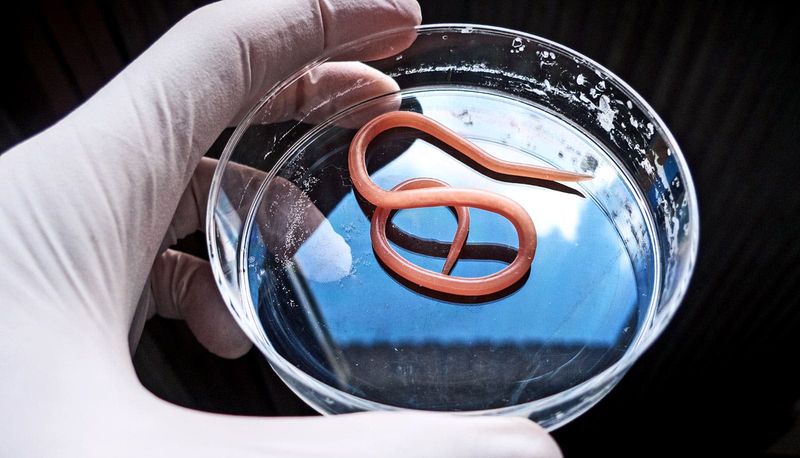
Say hello to your gut’s least welcome guest—tapeworms. These parasitic freeloaders absorb nutrients directly through their skin from their host’s digested food.
With a lifestyle all about taking, and no heart to give, they thrive in the shadows, reminding us that sometimes, survival is all about the art of taking.
10. Sponges

Double trouble for hearts here, because sponges live life on their terms, filtering water without a circulatory system.
These ancient wonders get everything they need from their watery surroundings. It’s like living in an all-you-can-eat buffet, but much more zen and serene. Sponges: heartless, but full of life.
11. Ctenophores
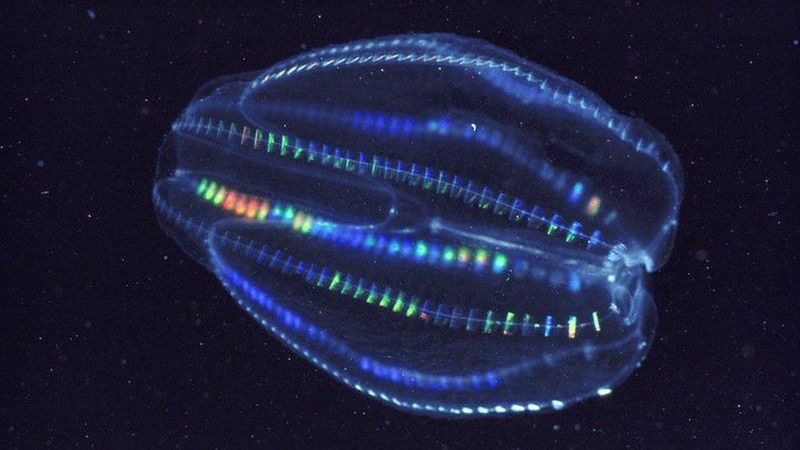
Ctenophores, or comb jellies, light up the ocean with their bioluminescent beauty. They use cilia to move and feed, leaving hearts to the landlubbers.
It’s like a disco under the sea, with shimmering lights and mesmerizing movements, all performed without missing a single beat. Party on, heart-free style!
12. Nematodes
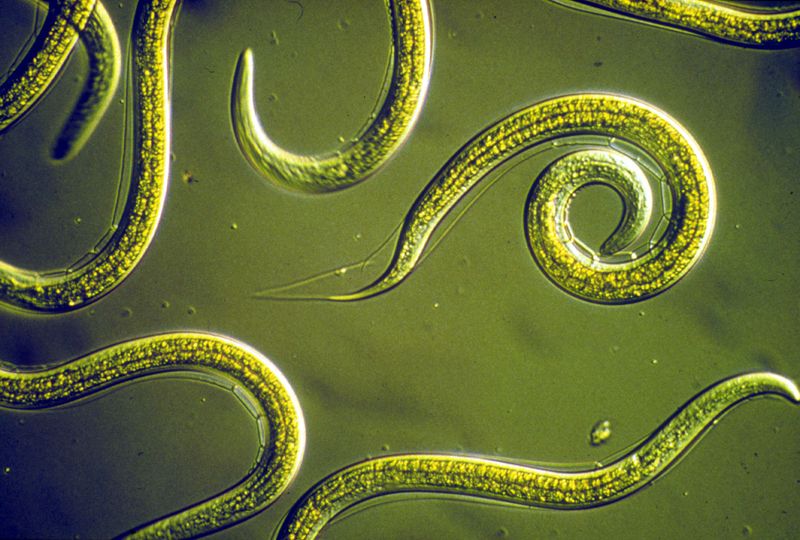
Tiny but mighty, nematodes are the most numerous animals on earth, thriving without hearts.
These roundworms live in every environment imaginable, showing us that sometimes, small and simple wins the race. They’re the ultimate underdog story, proving that you don’t need a heart to be a world-class survivor.
13. Bryozoans
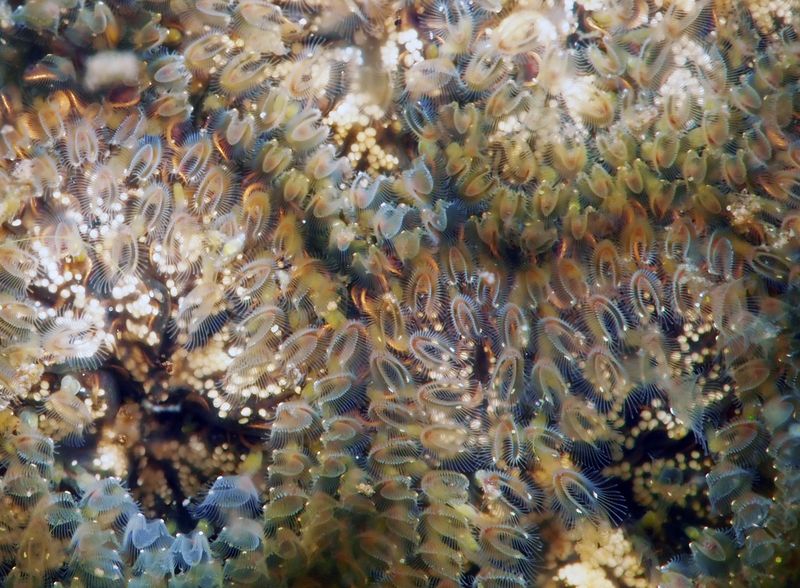
Little architects of the sea, bryozoans build intricate colonies, often mistaken for coral. They feed with lophophores, capturing food particles from the water without a heartbeat.
It’s like a seaside co-op where everyone pitches in, creating a bustling community without needing a single pulse. Talk about teamwork!





